Explorations in the Photographic Medium (v. 1.5)
admin | On 13, Jul 2013
PHOTOGRAPHS understand memory better than the human mind: images allow association with stories and history, without claiming to represent the whole picture, and without subjecting the moments they capture to selective experience or forced interpretation. In Explorations in the Photographic Medium (v. 1.5), currently showing at the Bikalpa Art Centre, in collaboration with photo.circle, seven BFA students from Kathmandu University have played with these ideas. Concepts of home, family and memory lead viewers through the artists’ personal journeys using illustration, design and video—the result of a course wherein they explored photography by emphasising on process, delving into South Asian photography, and group editing and critiquing. The artists’ concepts are not limited to content. There is deliberation behind their processes too; how do we store memory? How do we narrate it? Sudeep Balla does it using bottles, and a black and white photo series. It represents, for him, “an enclosure of space, and in this case, the state of my mind.” Yet we don’t feel enclosed or entrapped: his bottles are like our own memories, and his photos allow glimpses into how spaces let us grow when we are encased in them. Similarly, how do we tell someone else’s story, if it has become part of ours too? Karma Gurung traces his parents’ life through archival and recent content. They aren’t simply portraits but show intimate details: rings, tattoos, scenes in which they’re eating, getting dressed—allowing the viewer to replay their life. Similarly, Manika Sandha uses black and white photos of her grandfather to create a calendar. Juxtaposing snippets of his past with dates creates visible sense of time, and gaps that can be filled. Saran Tandukar gœs one step further. Photos of friends and family are threaded into a live installation of “mobile memories,” arranged around a room. It’s a commentary on the portability of memory, and the profound connections we make by sharing them. While Ronaj Tamrakar creates a “biographic timeline” using passport photos. Their rigidity contrasts with the animations he draws around them—we do, after all, associate entire lifetimes with passport photos, a constant in wallets and IDs. Ankash Shakya recreates bits of her home, but they are intentionally blurred, so the viewer knows what she is looking at, but dœs not attribute perhaps the same meanings she does. Her work depicts the nature of personal experience: it cannot be completely unyielded. Amulsa Shrestha, on the other hand, has a video installation of old photographs, narrated using a haunting voice-over. We interpret meaning, but not without keeping in mind what she has to say. The exhibit will be on at Bikalpa, Jhamsikhel, until July 14. In a stirring new exhibit at the Bikalpa Art Centre, ideas of home, family and memory are explored
-Text by Sadia Khatri

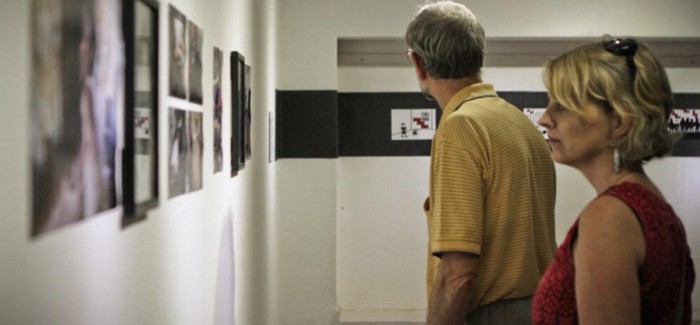
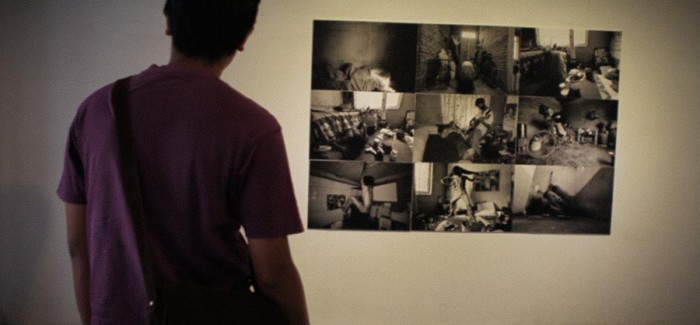
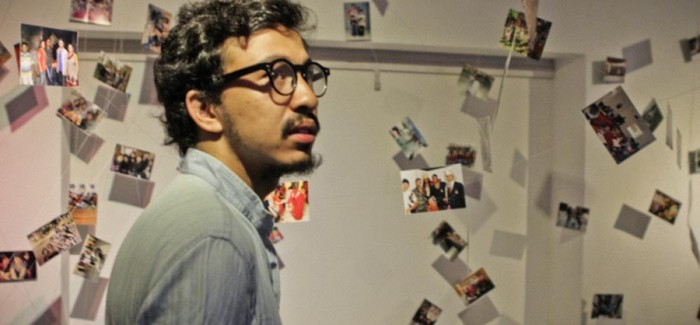
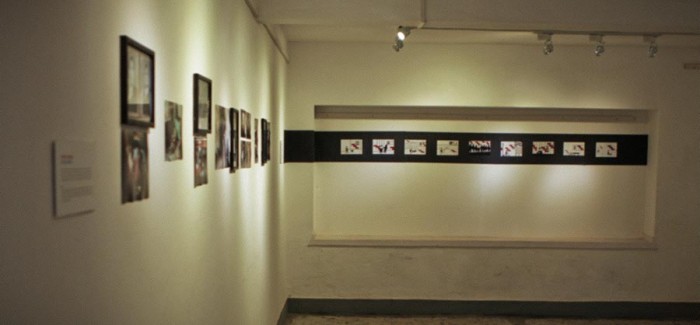
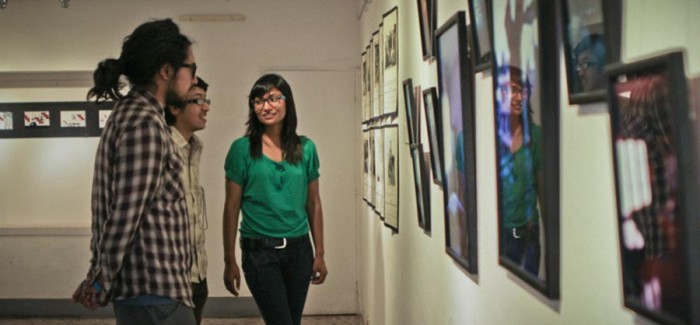

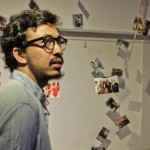
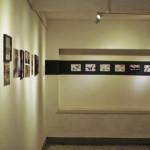
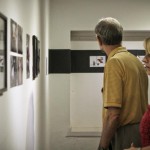
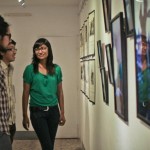
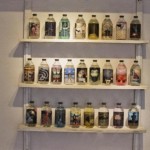
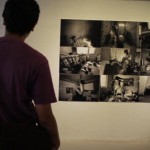

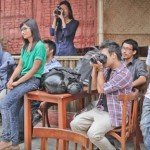
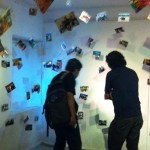
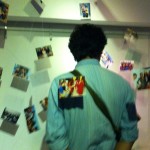
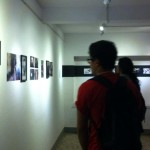










Submit a Comment